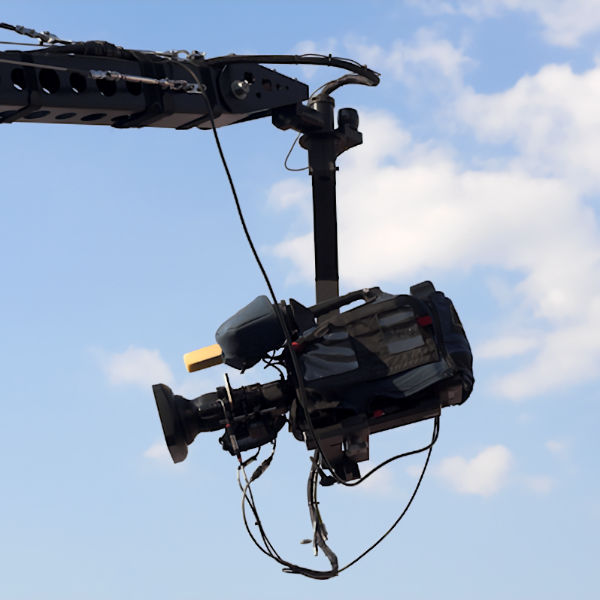Equipment with a Rated Hoisting/Lifting Capacity of 2,000 Pounds or Less
Although equipment with a capacity of 2,000 pounds or less does not require all of the precautions required for heavier equipment, its operation still presents significant hazards that can cause death or injury.
For example, operation near energized power lines requires the same precautions as heavier equipment because the potential for electrocution is the same.
OSHA 1926.1441 lists the provisions of the standard that apply to equipment with a capacity of 2,000 pounds or less and those for which modified requirements apply. The most significant differences are:
- The requirement for operator qualification/certification in OSHA 1926.1427 does not apply. Instead, the employer must train each operator on the safe operation of the equipment before the operator may operate the equipment.
- The requirements for shift, monthly, and annual inspections in OSHA 1926.1412 do not apply. However, post-assembly inspections and the wire rope inspections required by OSHA 1926.1413 must be conducted.
- More limited assembly/disassembly requirements apply.
- The safety devices and operational aids listed in OSHA 1926.1415 - 1926.1416 need not be used, except for two-block protection. However, safety devices and operational aids that are part of the original equipment must be maintained in accord with manufacturer procedures.
- Signal persons must be adequately trained but need not meet the qualification requirements of OSHA 1926.1428.
- Equipment covered by OSHA 1926.1441 must not be used to hoist personnel.
Knowledge Check Choose the best answer for the question.
8-5. Operation of equipment with a capacity of 2,000 pounds or less near energized power lines requires the same precautions as heavier equipment because _____.
You forgot to answer the question!

